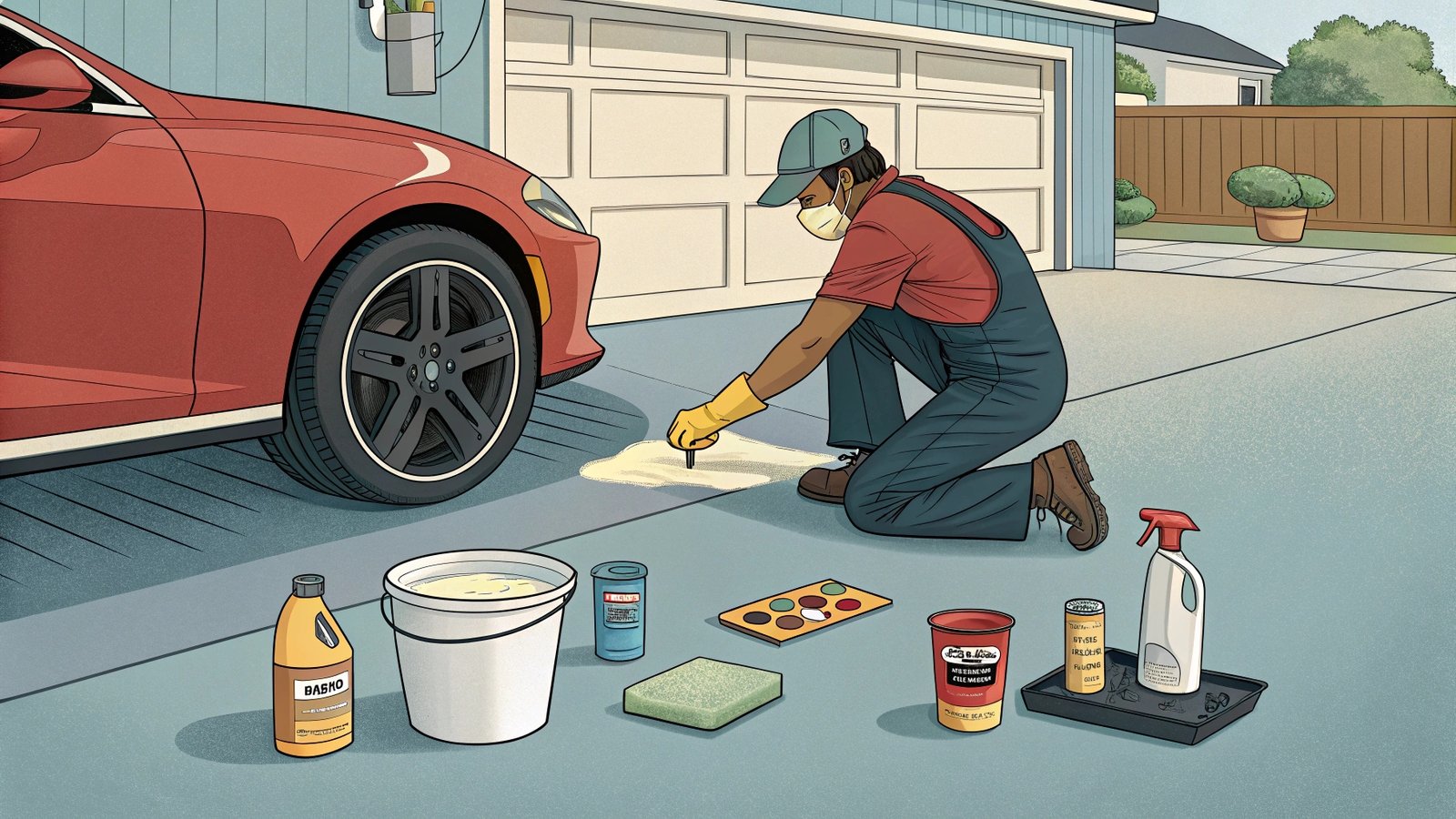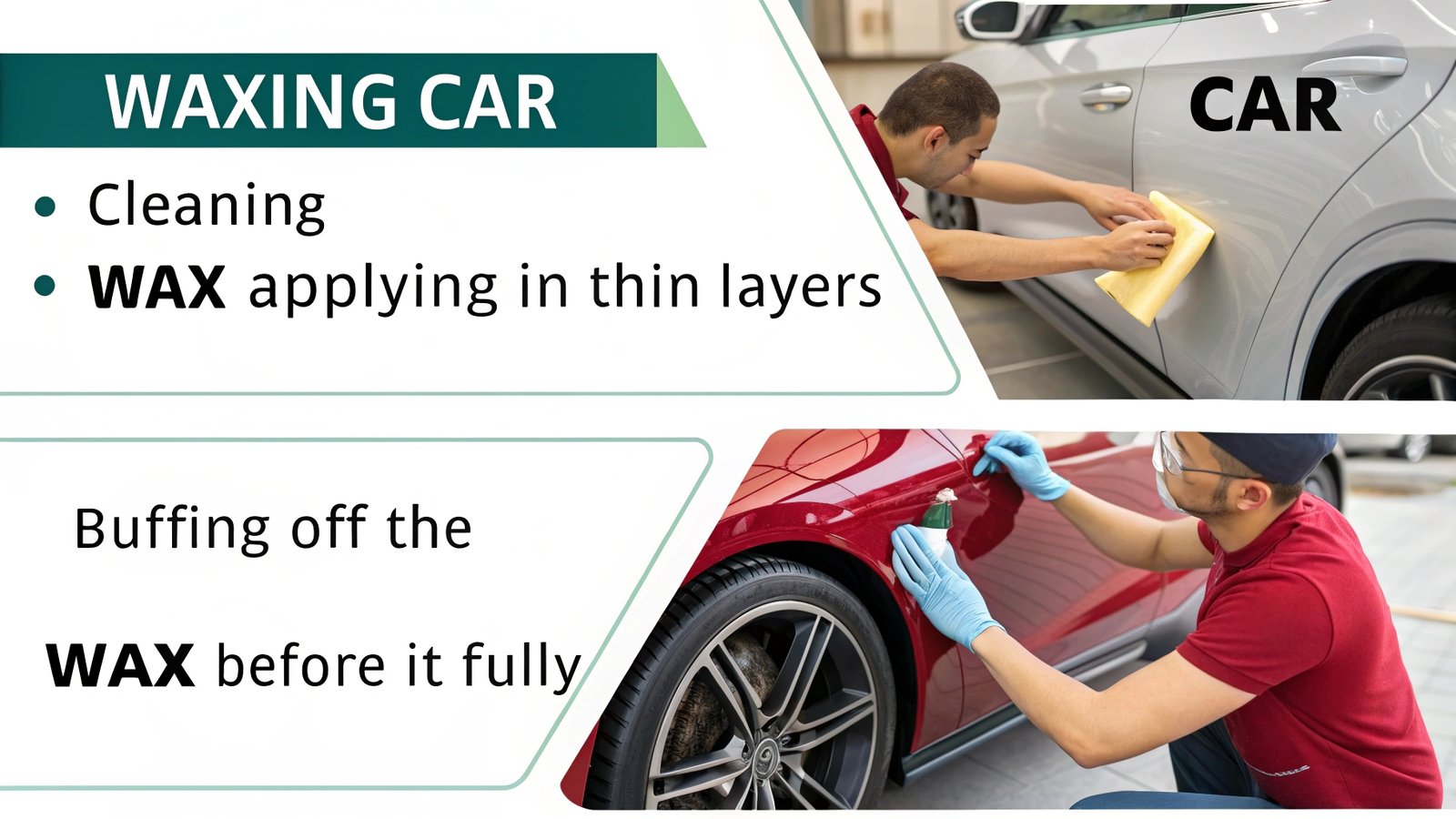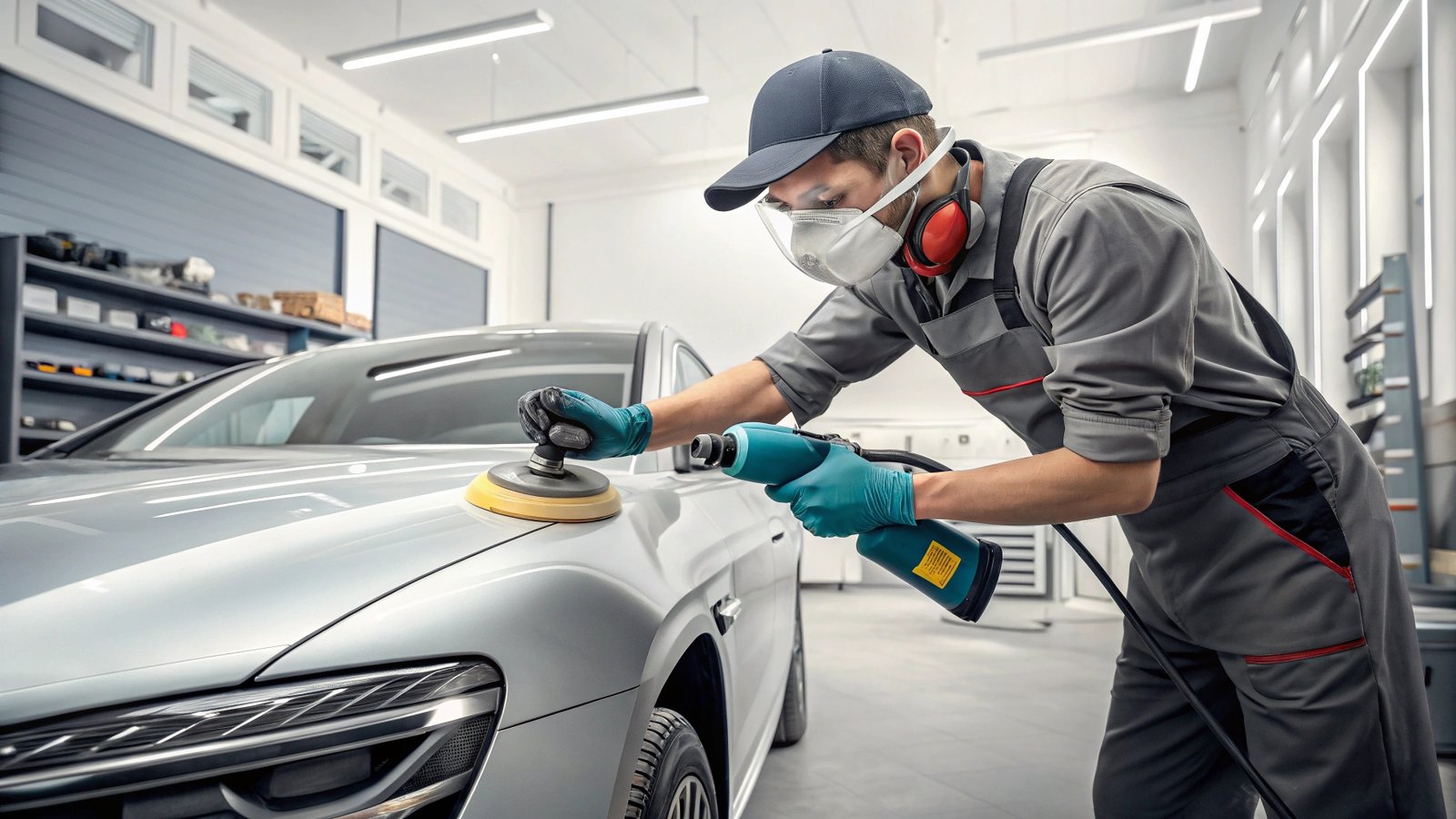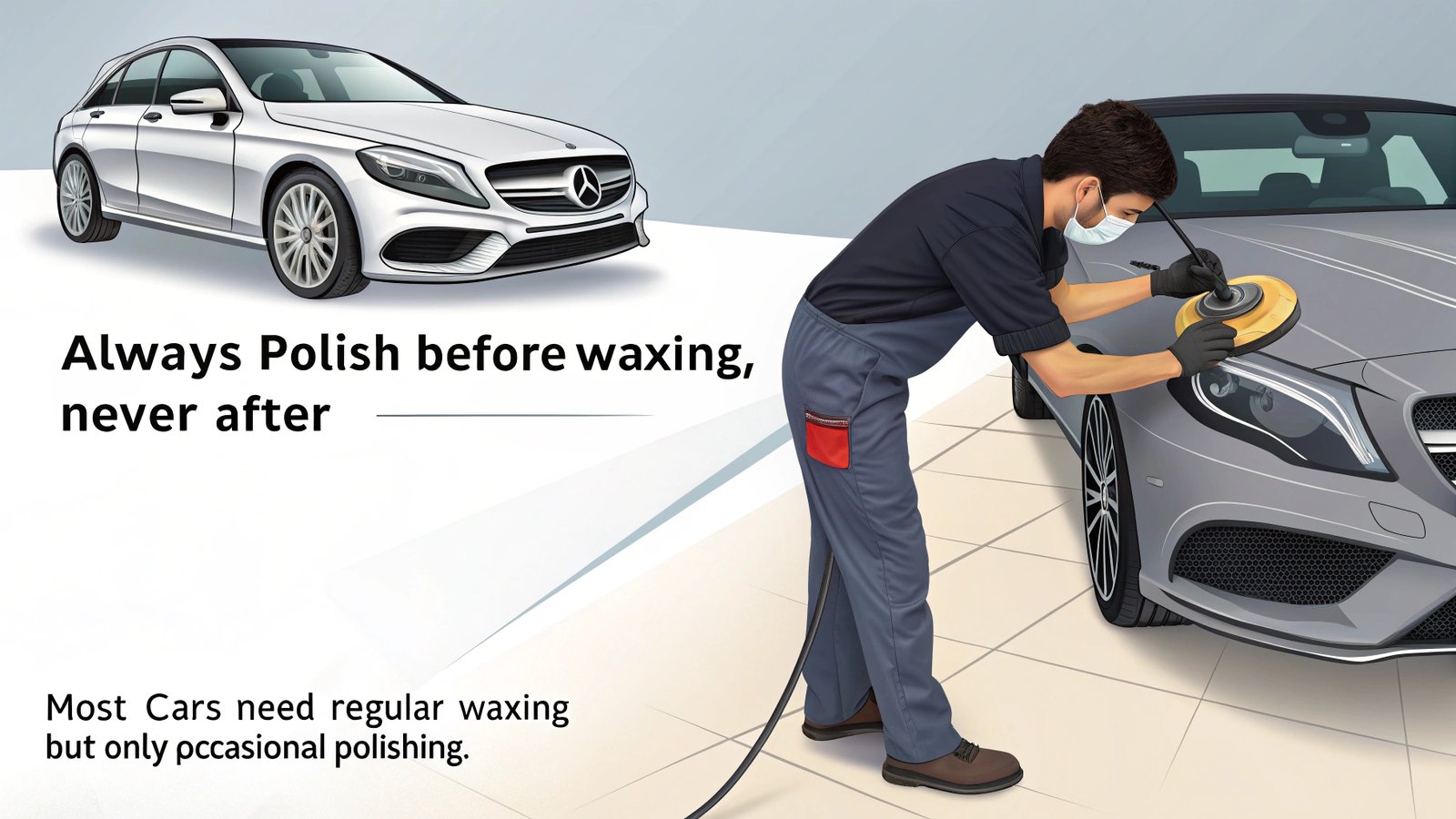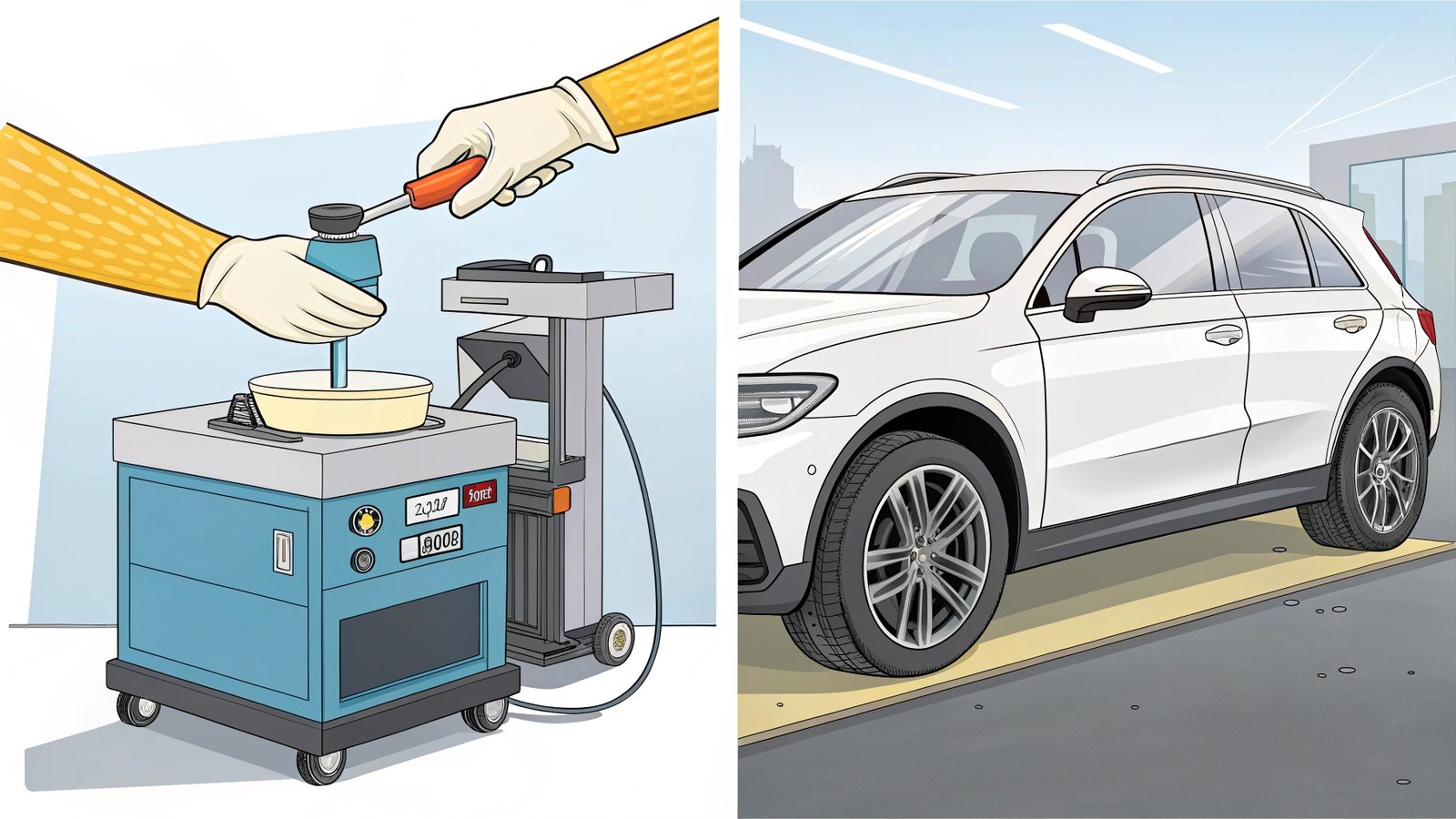Car owners crave that perfect glossy shine but fear damaging their paint. DIY waxing and polishing promises professional results at home - is it really that simple?
Yes, you can safely wax and polish your car yourself with proper products and technique. Basic waxing is straightforward, while polishing requires more skill to avoid removing too much clear coat.
Last summer I decided to try DIY detailing after spending $300 on professional services. The learning curve was steeper than expected, but the results were worth it. Here's what I discovered.
Can you wax your car yourself?
Waxing seems intimidating with all the product choices and techniques. But the truth is, waxing is one of the easiest car care tasks to do properly.
Waxing is absolutely DIY-friendly - just clean the car first, apply in thin layers using proper motions, and buff off before it fully dries. Even beginners achieve good results.
Key waxing comparisons:
| Wax Type | Ease of Use | Durability | Shine |
|---|---|---|---|
| Spray Wax | Easiest | 2-4 weeks | Good |
| Liquid Wax | Moderate | 3-6 months | Very Good |
| Paste Wax | Hardest | 6-12 months | Excellent |
I started with spray wax for practice, moved to liquid wax, and now use premium paste wax. The transition gave me confidence while learning proper techniques.
Can you polish a car by yourself?
Polishing is often confused with waxing, but they serve very different purposes. While wax protects, polishing actually removes a tiny amount of clear coat.
Polishing alone is possible but requires more care - use dual-action polishers rather than rotary buffers, start with mild polish, and never polish more than 2-3 times yearly.
Polishing mistakes I made initially:
- Used too aggressive compound on new car
- Polished same section too long creating heat marks
- Didn't properly clean between polishing and waxing
After ruining a test panel, I learned to always:
- Start with least aggressive option
- Use proper polishing pads
- Work in small sections
- Frequently check progress
Is it better to wax or polish your car?
This common question misunderstands their purposes. You don't choose between them - they complement each other in a complete detailing process.
Polishing removes imperfections while wax protects the finish. Always polish before waxing, never after. Most cars need regular waxing but only occasional polishing.
When each is needed:
| Purpose | Polish | Wax |
|---|---|---|
| Remove swirls | ✅ Yes | ❌ No |
| Add gloss | ✅ Yes | ✅ Yes |
| Protect paint | ❌ No | ✅ Yes |
| Fix oxidation | ✅ Yes | ❌ No |
| Regular maintenance | ❌ Rarely | ✅ Every 3-6 months |
My silver sedan looked dull after 3 years. A single polishing restored depth, followed by ceramic wax that kept it shining for months.
Is it better to wax a car by hand or machine?
The hand vs machine debate divides car enthusiasts. Each method has advantages depending on your situation and goals.
Hand waxing works better for beginners and small areas, while machines save time on larger vehicles. Both methods provide excellent results when done properly.
Comparison table:
| Factor | Hand Waxing | Machine Waxing |
|---|---|---|
| Control | 👍 Better | 👎 Less |
| Speed | 👎 Slower | 👍 Faster |
| Learning Curve | 👍 Easier | 👎 Steeper |
| Physical Effort | 👎 More | 👍 Less |
| Result Quality | Equal | Equal |
| Product Use | More | Less |
I now use both - machine for main surfaces and hand for tight spots. This hybrid approach gives me the best finish with reasonable effort.
Conclusion
DIY waxing and polishing is absolutely achievable with proper research and practice. Start simple, understand the difference between products, and build skills gradually.

